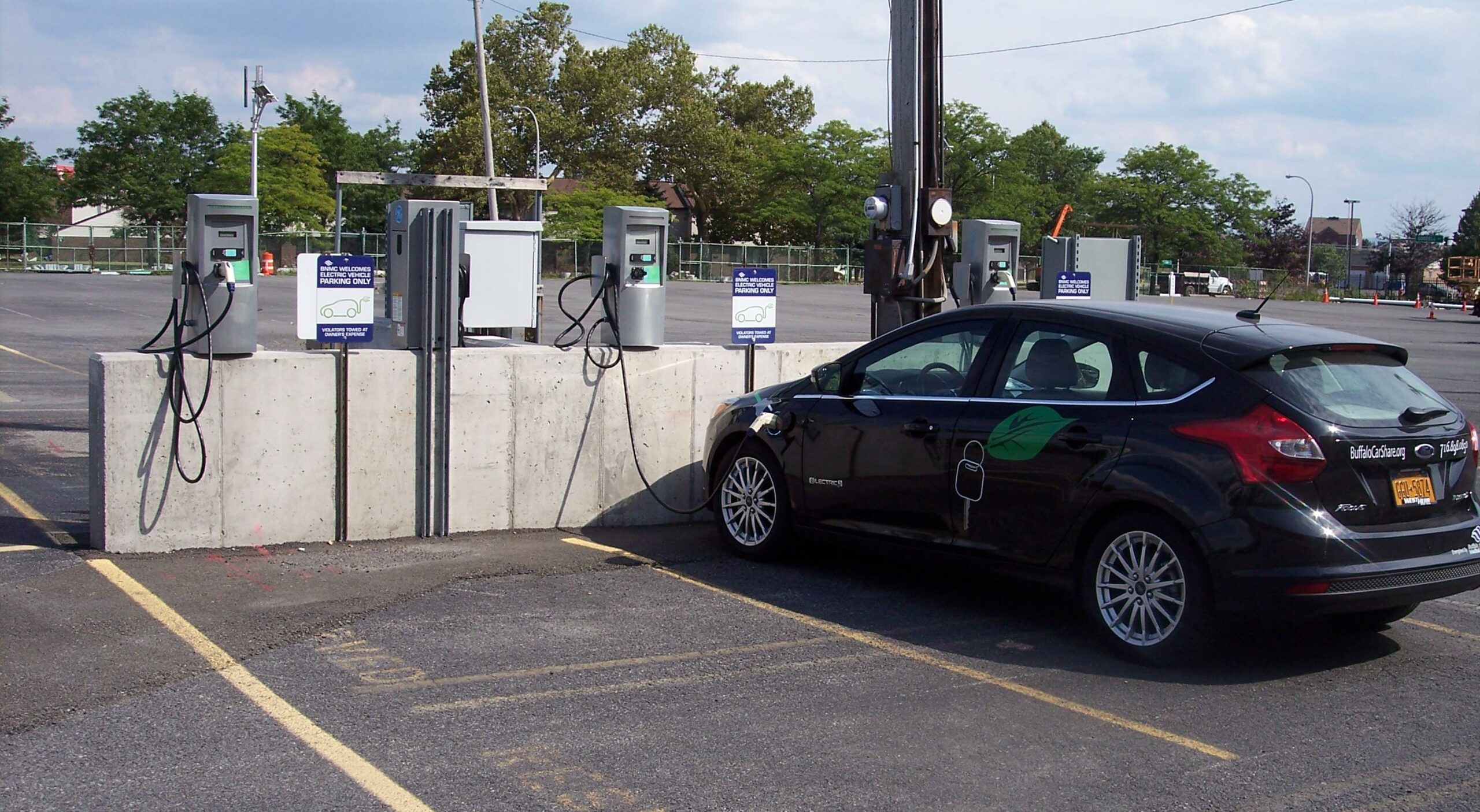Guest Columns
Engines Galore Seek to Dethrone the BEV
Several revolutionary engines, more efficient and cleaner-running than typical Otto or Diesel engines, might obviate electric vehicles.

There are a plethora of new automobile engines their creators hope will capture the commercial marketplace in the near future. The engines are designed to run on methanol, ammonia, hydrogen, nitrogen, and (surprise?) lithium. Another company has a motor shaped like a donut that operates inside the wheels.
Hydrogen engines
The Indian state of Kerala is pioneering the use of “green” hydrogen in transportation. The Kerala Green Hydrogen Valley project, initiated by the Agency for New and Renewable Energy Research and Technology (ALERT), is creating a complete hydrogen value chain to showcase how hydrogen can reduce emissions across industries.
Kerala wants hydrogen-fueled, rather than battery-electric, heavy-duty trucks to replace diesel trucks, as they can travel long distances without sacrificing carrying capacity. The Kerala State Road Transport Corporation is focused on hydrogen buses. The Kochi Water Metro project has included hydrogen boats as part of an integrated transport system.
Despite these grandiose plans, India will need hydrogen refueling infrastructures which cost an estimated US$2 million per station – far above the cost of installing charging stations for battery-electric vehicles. Heavy-duty hydrogen fuel cell systems also need improvements.
A prototype with a long range
The U.S. Department of Energy recently boasted that a hydrogen-powered truck traveled over 1,800 miles on a single fill-up of hydrogen fuel. The truck – the H2Rescue – is a prototype developed by DOE in partnership with the U.S. Army, the Department of Homeland Security, FEMA, the Naval Research Lab, and Accelera by Cummins. No word yet when or even whether the experimental truck will be placed into real-world service.
The truck, powered by a Cummins Accelera hydrogen fuel cell engine paired with a 250-kilowatt traction motor, is being designed for use in emergency response, military, and utility scenarios. With an initial 386 pounds of hydrogen in its tanks, the truck traveled California roads during rush-hour traffic at speeds between 50 and 55 miles per hour.
Methanol
German engine manufacturer MAN Energy Solutions is developing a new dual-fuel methanol engine for the maritime industry. The MAN 175 DF-M is expected to be available for retrofitting into its successful MAN 175D high-speed engine by the end of 2026. Caterpillar Marine is also working on a dual-fuel methanol engine model set for field tests in 2026.
MAN’s dual-fuel engine is available in configurations with 12, 16, and 20 cylinders, each with an internal diameter of 175 mm for mechanical or electrical propulsion and onboard power generation with a power range between 1,500 and 2,000 rpm. The engine is optimized for ferries, offshore supply vessels, tugboats, and other working vessels. Customized versions can be fitted for superyachts and other marine applications.
The dual-fuel engine has already been awarded “fuel ready” certification from Det Norske Veritas, a global risk management and quality assurance organization based in Norway. The DNV certification affirms that the engine is optimized for diesel-electric and diesel-mechanical propulsion with the implementation of dual-fuel methanol technology.
Nitrogen engines
The Dearman Engine Company has been developing and researching a liquid nitrogen engine solution for over a decade. Beginning in 2014, DEC embarked on a project in collaboration with Ricardo, E4tech, MIRA, and leading British academic and research institutions to develop a zero-emission piston engine that runs on liquid nitrogen with the exhaust being cold air.
DEC says that liquid nitrogen’s benefits include its simple design with low production costs, as it utilizes most of the existing powertrain supply chain. The engine require minimal maintenance with no loss of capacity over its lifespan.
DEC claims that the energy provision of nitrogen engines is 700 times more powerful than that of hydrogen. Hydrogen engines use either combustion or electrochemical reactions, both of which must overcome problems with energy density and storage. But pressurized nitrogen turns turbines directly with minimum energy loss.
The nitrogen engine has zero tailpipe emissions and low overall greenhouse gas emissions, and its fast-refueling time is comparable to gasoline or diesel engines. The engine can harness waste heat from the coolant loop to integrate with other waste heat recovery systems; it can also provide both propulsion power and cooling.
DEC says this technology is highly relevant for industrial applications, mining, inland waterway applications, and the built environment. The only exhaust is cold air, conducted through the vaporization and expansion of cryogenic fluids. Ambient or low-grade waste heat is used as an energy source with the cryogen providing both the working fluid and heat sink.
Lithium
German researchers from the University of Kaiserslautern-Landau have introduced a prototype quantum engine powered by lithium. The engine operates by manipulating the quantum states of lithium atoms to generate energy.
Results of the university’s research highlight the engine’s potential to redefine energy production, opening doors to innovation like ultra-efficient quantum batteries that last longer and charge faster. This technology holds promise for applications beyond engines, potentially reshaping how energy is produced and consumed across industries.
For the engine to function effectively, lithium atoms must be maintained at temperatures nearing absolute zero to minimize thermal interference and ensure precise control over the quantum states. Magnetic fields shift atoms between the two quantum states of lithium atoms — fermion and boson states. This is the critical step in the energy conversion process.
Researchers found innovative ways to control the quantum states of fermions and bosons. Fermions cannot occupy the same quantum state simultaneously, but bosons can share identical states. The research uncovered a method to toggle between these states to optimize engine performance – yet to date, the prototype has achieved only a 25% efficiency rate, lower than that of conventional thermal engines.
The Donut Motor
Electric motor manufacturer Donut Lab has designed a donut-shaped in-wheel motor to power electric vehicles. The new motor has a big hole in the middle that allows it to fit perfectly into a wheel.
The donut motor fits into a 21-inch hoop, delivers up to 845 horsepower and 3,171 pound-feet of torque while weighing only 88 pounds. The resultant removal of drivetrain components, half-shifts, and other parts further reduces overall weight. With no motor housed in the vehicle’s body, there is extra space to increase seating area and cargo capacity.
Donut Lab claims its motors are up to 50% cheaper to manufacture, but the in-wheel motors make the wheels heavier than conventional wheels. This means they add unsprung mass (weight below the suspension) that can negatively impact handling and braking.
The company is also developing a version of its donut motor for semi-trucks that will provide 200 kW and 2,212 pound-feet of torque per wheel. The technology is already being used on the road in a few electric bicycles developed by Verge Motorcycles, Donut Lab’s parent company.
BMW, too, has developed its own in-wheel electric motor in partnership with Munich-based tech firm DeepDrive. The BMW in-wheel motor, currently in the testing phase, features a unique dual-rotor design.
A small sample of new engines
This sampling barely scratches the surface of emerging automotive technology worldwide – but all of these reports were issued within a two-week period at the end of 2024. Innovation and free markets, not government mandates, continue to drive the future of transportation.
This article was originally published by RealClearEnergy and made available via RealClearWire.
Duggan Flanakin is a senior policy analyst at the Committee For A Constructive Tomorrow who writes on a wide variety of public policy issues.
-

 Civilization3 days ago
Civilization3 days agoDC Pipe Bomb Arrest Raises Questions About Christopher’s Wray’s FBI
-

 Civilization4 days ago
Civilization4 days agoThe Legal Logic Behind U.S. Operations Against Narco-Terrorist Networks
-

 Guest Columns5 days ago
Guest Columns5 days agoCongressional Leaders See Far Higher Stock Returns Than Peers
-

 Executive4 days ago
Executive4 days agoNewsom’s ‘National Model’ for Homeless Wracked by Fraud
-

 Executive3 days ago
Executive3 days agoWhen You’re in a Hole, Stop Digging
-

 Education3 days ago
Education3 days agoWaste of the Day: Taxpayers Subsidize Football Coach Severance
-

 Executive2 days ago
Executive2 days agoWaste of the Day: Obamacare Failed Test, Approved Fraudulent Subsidies
-

 Civilization2 days ago
Civilization2 days agoPence Calls on Trump To Fire RFK Jr Over Abortion Drug














